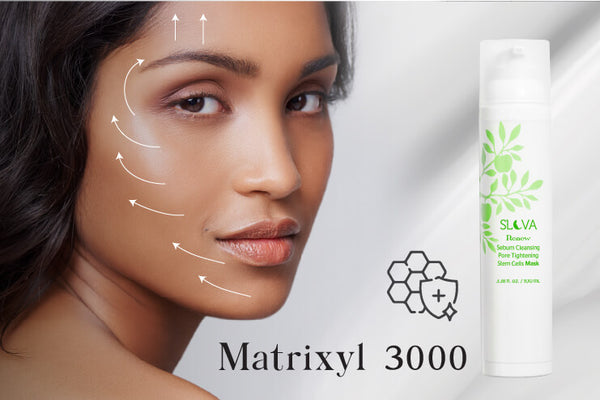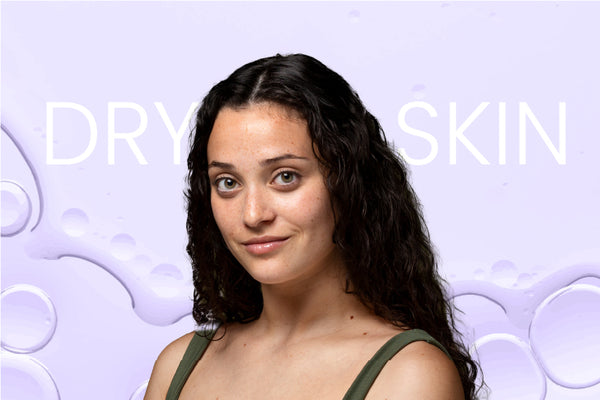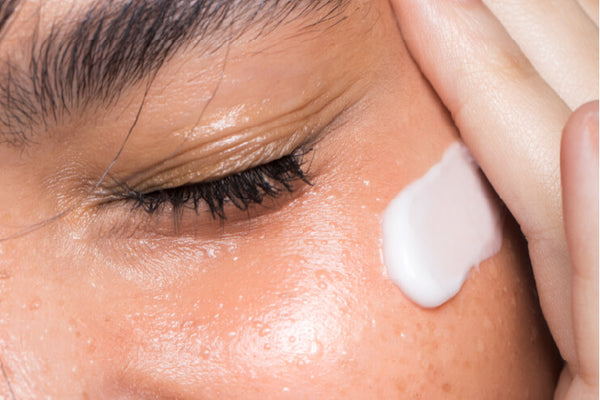Note: "Add 2 products to avail Buy 1 Get 1.
Not Applicable on Combo products."
How To Avoid Hormones Disrupting Ingredients In Your Beauty Products

Everything affects everything. Especially when it comes to our body. What we eat, our lifestyle, sleep cycles, and the products we use in our homes and on our bodies.
When it comes to skincare and the cosmetics that we use, we know the effects they have on our skin. But what we don't know is that sometimes, these products have adverse effects on our internal bodies. “An average woman puts 515 synthetic chemicals on her body every single day without even knowing. And 60 percent of what we put onto our skin is absorbed into our bodies.”
The most frightening thing is that many of the chemicals found in cosmetics are the ones we refer to as Endocrine disrupting chemicals (EDC’s). Our endocrine system is responsible for our body's hormone production, it helps to regulate our metabolism, growth and development, sleep and mood, sexual and reproductive function.
Let us tell you in detail about the ingredients that you should break up from as they are affecting your body inside-out in so many ways and can sometimes cause adverse health issues like cancer!
Hormones disrupting ingredients in your beauty products to avoid:
Parabens
Parabens are a group of chemicals widely used as artificial preservatives in cosmetic and body care products since the 1920s. Since cosmetics contain ingredients that can biodegrade over time, parabens are added to prevent and reduce the growth of harmful bacteria and mold, thus increasing the shelf life of the product.
Campaign for Safe Cosmetics (CSC) cites a 2004 British study that detected traces of five parabens in the breast tumors of 19 out of 20 women studied.
CSC reports that parabens have also been linked to reproductive, immunological, neurological, and skin irritation problems such as redness: itchy skin, flaking, and hives.
Parabens can be found in: Foundation, BB and CC creams, moisturizer, sunscreen, body lotion, shampoo, conditioner, shaving cream, lipstick, and lip balm
How to avoid: Read the cosmetic label before buying and if you spot any of these - methylparaben, propylparaben, butylparaben, isobutylparaben, ethylparaben, isopropylparaben, avoid that product.
Formaldehyde
Formaldehyde and formaldehyde-releasing preservatives (FRPs) are chemicals used in many personal care products. These chemicals help prevent microbes from growing in water-based products. They can be absorbed through the skin and have been linked to cancer and allergic skin reactions.
Formaldehyde can be found in: Nail paint, nail glue, eyelash glue, hair gel, hair-smoothing products, baby shampoo, soap, body wash
How to avoid: Read labels and avoid products containing: Formaldehyde, quaternium-15, dimethyl-dimethyl (DMDM) hydantoin, imidazolidinyl urea, diazolidinyl urea, sodium hydroxymethylglycinate, 2-bromo-2-nitropropane-1,3-diol (bronopol).
Lead
Lead in lipsticks was an urban legend up until 2007, when “A Poison Kiss,” by the Campaign for Safe Cosmetics highlighted the levels of lead (and other metals) in lipstick. The Food and Drug Administration (FDA) followed up with a review of lipstick in 2011 and found traces of lead in 400 lipsticks!
"Exposure to Lead can cause learning, language, and behavioral problems such as lowered IQ, impulsiveness, reduced school performance, increased aggression, seizures, and brain damage, anemia, and, after long exposure, damage to the kidneys. Lead has also been linked to miscarriage, reduced fertility in both men and women, hormonal changes, menstrual irregularities, and delays in the onset of puberty in girls."
How to avoid: It is hard to know the lead content in lipstick by just reading at the label. So, another way to avoid buying lead-contaminated lipstick is to take a look at these at the list of 400 lipsticks and try to buy one that contains a low level of lead. However, remember that each shade may have different lead content.
Phthalates
Phthalates (DEHP, DiNP, DnOP, DEP, DBP) are used to moisturize or soften the skin and create flexibility in plastics. They are serious endocrine disruptors and prenatal exposure to them has been linked to birth defects. They have also been linked to developmental and reproductive toxicity, cancer, reduced sperm count, increased sperm abnormalities, and reduced function.
Phthalates are found in: Color cosmetics, fragranced body lotions, body washes, and hair care products (shampoo and hair spray), nail polish, and perfumes.
How to avoid: While buying nail products look if they have DBP in them, if they do, you must avoid them. Some nail product labels indicate that they are “phthalate-free.” If at any point you find “fragrance” on the label, then avoid those products to prevent any possible exposure to phthalates.
Fragrance
As defined by the FDA - Fragrance is a combination of chemicals that gives each perfume or cologne (including those used in other products) its distinct scent. It has hormone-disrupting effects and is associated with health issues like cancer, reproductive toxicity, allergies, and sensitivities. Fragrance is also connected to headaches, dizziness, asthma, and allergies. Try to use products with natural fragrances only.
Fragrance is found in: Sunscreen, shampoo, soap, body wash, deodorant, perfume, body lotion, makeup, facial cream, toner, serums, and exfoliating scrubs.
How to avoid it: Read the label and avoid the products which have: fragrance, perfume, parfum, or aroma as one of their ingredients.
Summing up
Now that you have read about these ingredients that are affecting your body in severe ways, you must detox now and avoid these as best as you can. The best way is - Research. Research more about the products that you're planning to buy and read the label on the products. Lastly, it is always best to use natural and organic products.


